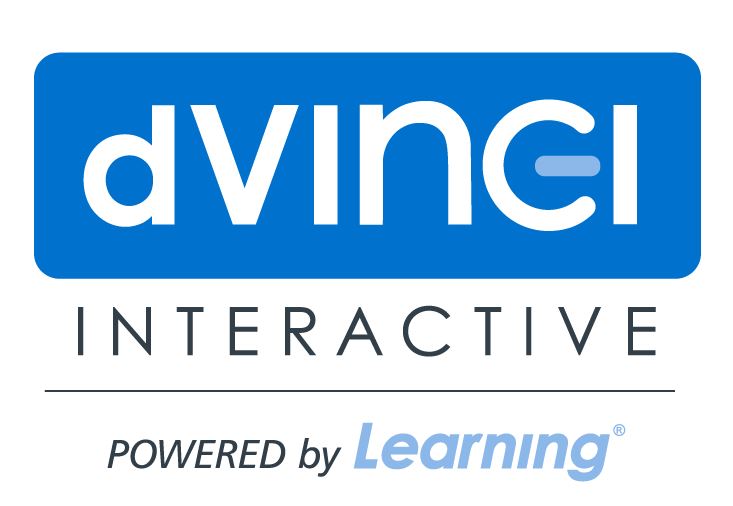There’s no denying it: We live in a video-driven culture. From news segments and YouTube tutorials to streaming movies and television, we’re all accustomed to consuming content through video. And workplace learning and development is no exception.
Video and animation are key players in the modern landscape of learning. Whether you’re guiding users through steps and processes, demonstrating best practices with performance scenarios, or sharing advice from experts in the field, using video as the medium can foster a deeper level of engagement with your audience.
Why? Videos are immersive. They grab attention, are entertaining, and make content more memorable. Not to mention, more approachable. Training can often feel daunting for employees. Offering the material in bite-sized videos, or simply integrating video clips into a larger curriculum, can make it more appealing.
Let’s take a look at a few ways you can use video and animation to elevate your next learning experience.
Build credibility with video interviews
Interviews with subject matter experts and organizational leaders establish credibility and prompt learners to “listen up". Additionally, their perspectives and experiences, combined with the human side of visual art, bring complex topics down to earth. To ensure the interviews integrate seamlessly with your curriculum, identify the learning objectives that you want each video to address. Then, write questions that will yield responses that support those objectives. At d’Vinci, we also recommend a preliminary phone or in-person interview to best prepare your interviewee and test the strength of your questions.
Tip: You may only want to feature your interviewee in the video, and not the interviewer. If this is the case, coach the interviewee to weave each question into their response. This will eliminate the need to showcase the interviewer on screen or in audio.
For example, instead of this:
- Interviewer: How can you use video and animation in training?
- Interviewee: As standalone performance support tools or to elevate a larger training curriculum.
Try this:
- Interviewer: [Prompt interviewee by asking question] How can you use video and animation in training?
- Interviewee: Videos and animations are incredibly versatile training tools. They can stand alone as on-demand performance support tools or they can elevate a larger training curriculum.
Model behavior in performance scenarios
Whether you are developing an instructor-led curriculum or an eLearning course, performance scenarios can help your audience climb Bloom’s Taxonomy to a higher level of learning. Performance scenarios challenge learners in a safe environment—your training—to cultivate their decision-making abilities. Asking them, “What would you do?” supports them in assessing situations, formulating their own perceptions, and choosing the ideal response.
The best part? You can reveal how their responses may result in different outcomes (even poor ones)—creating a holistic learning experience.
Tip: If you are integrating the scenario into an instructor-led training, complement it with a group discussion that allows learners to dissect the scenario from multiple angles or perspectives. Alternatively, if you’re integrating the scenario into an eLearning program, create 2-3 alternate endings to create a “choose your own adventure” interaction within the course.
Tell a story with animated characters
Animation is for everyone, not just kids. Leverage animated characters to tell a story with a powerful message, dispel misconceptions, and invoke emotion to increase memory retention. But keep in mind: emotions don’t have to be heavy. Some of the most memorable stories are infused with humor and surprise. In fact, when used strategically, animated characters can ease the tension of complicated topics when the concepts are presented in a simple, lighthearted way.
Tip: Diversity and inclusion should be top of mind, even if the animated characters aren’t people. Consider their entire persona and physical traits to ensure you have characters that resonate with all of your learners. If custom illustration is out of your budget, try using a tool like Vyond, which has a full library of characters, settings, and props to get you started.
Are you ready to integrate video into your next training, but not sure where to start? Learn more about how d'Vinci uses video and animation to deliver powerful learning experiences for our clients.
Please share your experiences with video, as both a trainer and a learner, in the comments.
Article sponsored by:



